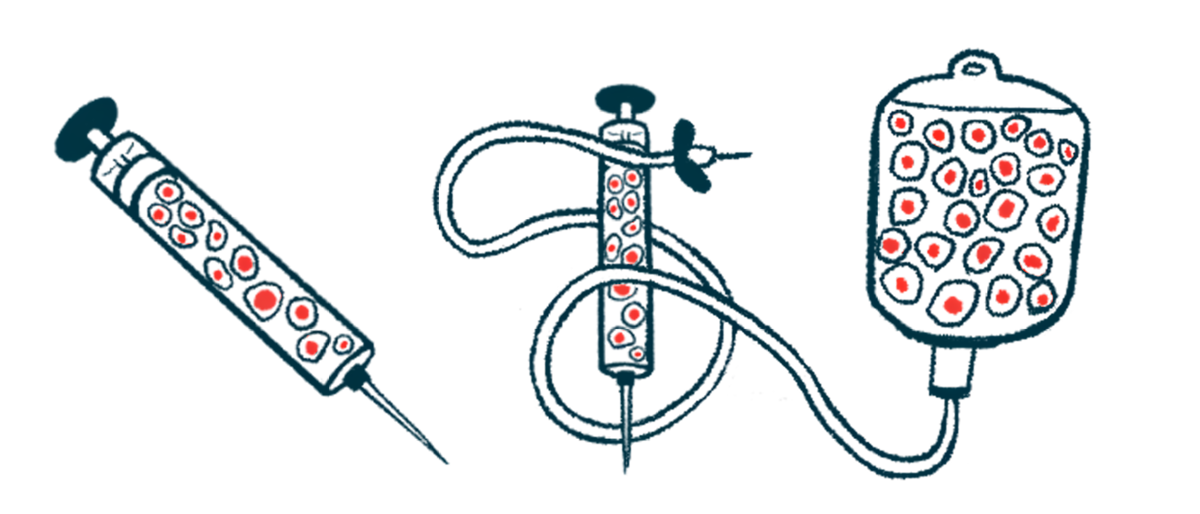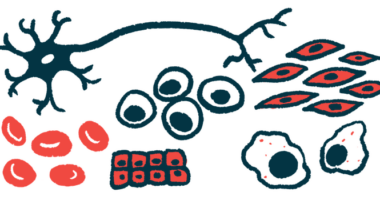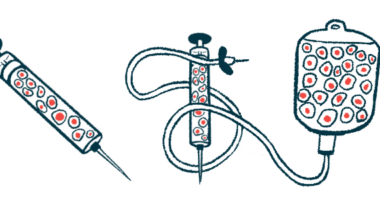Brain stem cell transplant patients may be able to take milder drugs
Strong immunosuppressants may not be needed to prevent rejection

Parkinson’s disease patients who receive donor-derived brain stem cell therapy may be able to avoid potent immunosuppressant drugs without showing signs of rejection, a study in Japan suggested.
The Phase 1/2 trial (jRCT2090220384) tested transplants of dopamine-producing precursor cells made from induced pluripotent stem cells (iPSCs) — stem cells made from a person’s mature cells that can develop into many cell types. Researchers implanted these cells into the brains of seven people with Parkinson’s, aiming to replace the dopamine-producing nerve cells that are lost in the disease.
Because the transplanted cells came from a single donor, not all participants had perfectly matching human leukocyte antigens (HLAs), the proteins that help the immune system recognize the body’s own cells. Despite this, a mild immunosuppressant regimen was sufficient to prevent rejection in all participants.
“These findings suggest that stem cell therapy for PD [Parkinson’s disease] may be feasible even with the reduced intensity of the immunosuppressive regimen compared with regimens typically employed in organ transplantation,” the researchers wrote.
Their study, “Control of immune response in an iPSC-based allogeneic cell therapy clinical trial for Parkinson’s disease,” was published in Cell Stem Cell.
Cell transplant therapy comes with risks as well as promise
Parkinson’s is caused by the gradual loss of dopaminergic neurons — nerve cells that produce dopamine, a critical nerve signaling molecule that controls movement, coordination, and other functions. As these neurons die, patients may develop motor symptoms such as tremors, stiffness, and slowness, as well as nonmotor problems.
In recent years, there has been growing interest in therapies that aim to replace the lost dopaminergic neurons. One approach uses donor-derived iPSCs, which can be turned into dopamine-producing nerve cell precursors in the lab, and then develop into fully mature dopaminergic neurons after transplant.
However, therapies using cells from a donor carry a risk that the patient’s immune system may reject the transplanted cells.
The brain is somewhat protected from immune attacks, so transplanted cells are less likely to be rejected there than in other body parts. Still, previous studies have suggested that some level of immunosuppression is needed to reduce the risk of rejection.
The trial in Japan tested whether a relatively mild regimen of the immunosuppressant tacrolimus could help to prevent rejection. The seven patients had surgery to implant dopamine-producing precursor cells directly into the putamen, a brain region affected in Parkinson’s.
The cells came from an iPSC cell line with HLA proteins common in the Japanese population. Three patients had the same HLA proteins, meaning they were fully matched to the donor, and four were mismatched.
Researchers previously found that the transplanted cells survived and produced dopamine, and some participants saw improvement in motor function.
The latest study focused on the feasibility of a 15-month tacrolimus regimen and whether patients presented any signs of rejection or immune activation.
“It is often more advantageous to reduce the intensity of the immunosuppression, considering the balance between the risks of side effects and the potential for [transplant] rejection,” the researchers wrote.
No infections or other severe adverse events related to immunosuppression were reported during tacrolimus treatment. Using positron emission tomography (PET), the researchers also observed no signs of a significant inflammatory response in any participants, which could indicate a rejection of the transplanted cells.
However, “because PET studies are expensive, more cost-effective methods to detect immune responses are expected to be developed to take this cell therapy from clinical trials to real-world clinical practice,” the researchers wrote.
They piloted a few alternate tests to estimate immune responses to the transplant, including measuring inflammatory markers in the blood and looking for antibodies against the transplanted cells. These tests didn’t raise consistent concerns, supporting the PET findings.
In laboratory tests, immune cells derived from the iPSCs sometimes triggered a response, which was significantly larger in mismatched participants. “This finding may imply the potentially higher risk of immune responses in HLA-mismatched cases,” the researchers wrote.
Despite this potential risk, the team concluded that the immunosuppression technique used in the trial was effective. However, they noted that long-term observation will be needed to establish whether an immune response may be triggered after stopping the immunosuppression.







